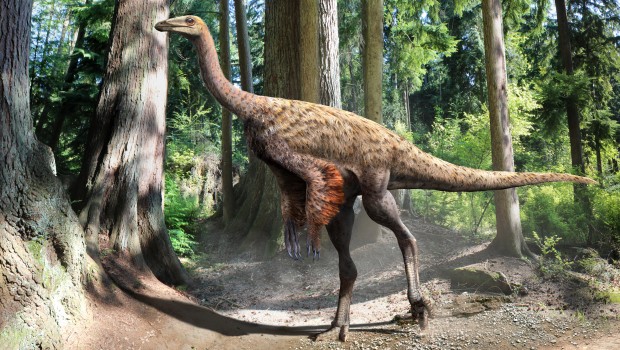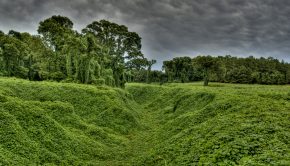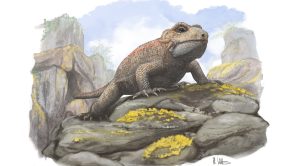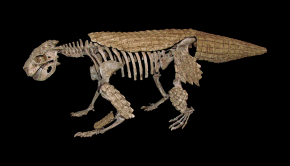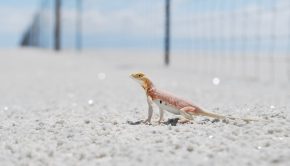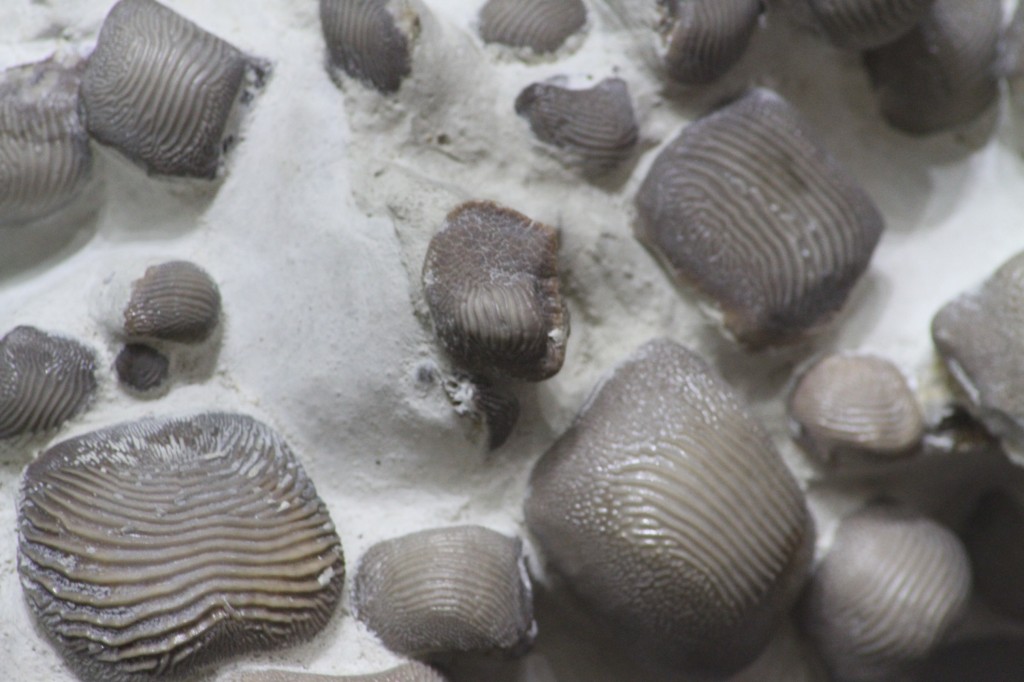Ornithomimus feather distribution
For some time now, we’ve known that most (if not all) theropod dinosaurs were feathered, but we’re still filling in the blanks of feather colouration, types of feathers, and how the feathers were distributed on the animals. Were they fully covered? Or just had some tufts on the back of the neck? A new study on Ornithomimus from Alberta is shedding light on on the distribution of feathers in this animal.
Lead author Aaron Van Der Reest, an undergraduate student from the University of Alberta, had this to say about the study: “This new specimen of Ornithomimus represents the third dinosaur in North America with feathers preserved on the body. However, due to preservational processes in the other two, this is the only one where detailed information from the feathers can be gathered. This new specimen from the U of A is also the first feathered ornithomimid recovered that has a complete hindlimb, and nearly complete tail. This proved to be the most important part about this specimen. By using the other feathered Ornithomimus specimens at the Tyrrell Museum of Palaeontology in Drumheller, Alberta, we were able to determine what the remaining plumage patterns looked like. We found that the bottom half of the tail, and from mid thigh down on the leg was bare skin. When we compare this plumage pattern to those found on large ground dwelling birds, such as the modern ostrich, we see that they are virtually identical. For over 100 years, ornithomimids have been referred to as “ostrich-mimic dinosaurs” because of the similarities in their general body plan. Now, for the first time we can see that their plumage makes an even stronger case for their nick-name. The most interesting thing about this link however, is that ostriches use their bare skin, and therefore plumage pattern, to regulate their body temperature. Because of the similarities, we can infer that Ornithomimus was using the same mechanism to regulate their body temperature as modern ostriches. This is the first direct evidence of how dinosaurs likely thermoregulated themselves by means of insulation.”
The specimen was found several years ago in Dinosaur Provincial Park, Alberta, along the Red Deer River, by Phil Currie’s team. The significance and feathers were not immediately apparent, as the feathers had been heavily compacted and crushed. This meant that the feathers were hard to see, and their identity was unknown. However, Van Der Reest noticed the structures and wondered if they were feathers. This was confirmed using Scanning Electron Microscopy (SEM) which showed a three-dimensional structure and keratin, consistent with feathers. Thanks to this specimen, we are started to understand more about the feather distribution patterns in dinosaurs. A few more finds like this will give us a better idea of the plumage patterns in dinosaurs and their evolution.
The new study was published in the journal Cretaceous Research.
Top image: Artist’s reconstruction of Ornithomimus by Julius Csotonyi.

